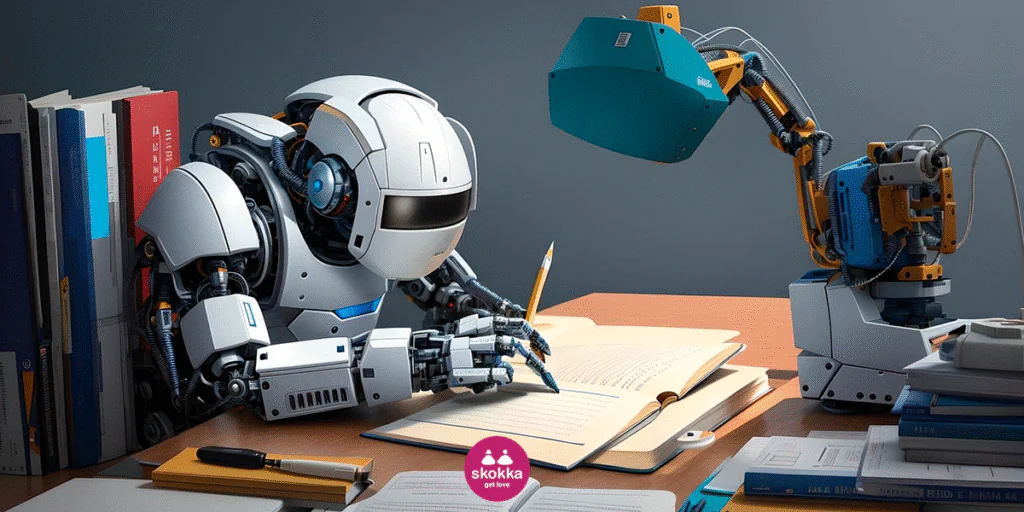3D printing and the new rhythm of global manufacturing
Anyone keeping an eye on emerging trends — whether in technology, the creative economy, or even new forms of consumption — has already noticed how digital behavior is transforming sectors once considered traditional. Platforms like skokka.in, which connect audiences and offer customized experiences, show that personalization and decentralization are here to stay. And this same logic now applies to manufacturing, where 3D printing is fundamentally changing the way products are conceived, produced, and distributed.
Mass production, once dominated by standardized processes and centralized assembly lines, is slowly giving way to more flexible models. In this landscape, 3D printing is not just a technological innovation — it’s a new way of thinking about production.
From exclusivity to instant access
Much like the world of digital escort service, which has gained new layers of sophistication and autonomy through online platforms, 3D printing offers a path where customers or companies can obtain tailor-made solutions almost in real time.
Imagine needing a specific part for industrial equipment and being able to produce it within hours — without relying on inventory, shipping, or middlemen. That’s already a reality in smart factories across Europe, Asia, and Latin America. The process reduces waste, accelerates response times, and gives companies more direct control over their own production systems.
This kind of flexibility is valuable for both large industries and small entrepreneurs. Instead of investing in expensive molds or depending on international suppliers, anyone can print a custom piece in their own lab — or even at home.
3D printing beyond prototyping
For a long time, 3D printing was limited to the development of prototypes — a tool for testing ideas and validating designs. Today, however, it plays a central role in various stages of the production chain, from automotive engineering to civil construction.
In the medical field, for instance, custom prosthetics, surgical instruments, and even organ replicas for training are now printed with impressive precision. In the aerospace industry, structural components are manufactured with advanced 3D printers capable of working with metals and composite materials.
The impact isn’t limited to physical production. It’s reshaping market logic itself. Producing locally, on a small scale, and on demand opens the door to entirely new business models — just as Delhi escorts found visibility and autonomy through digital tools that decentralized access and expanded freedom of operation.
Global manufacturing with local DNA
One of the most promising aspects of 3D printing is its potential to partially de-globalize manufacturing. Instead of importing finished or semi-finished products from major industrial centers, countries and regions can develop local on-demand production hubs. This means cutting logistical costs, reducing environmental impact, and strengthening economies closer to the end consumer.
In practice, this technology can reduce dependence on long and fragile supply chains — a vulnerability clearly exposed during the pandemic. In times of crisis, when transport is disrupted or supply chains collapse, the ability to print parts and products locally can keep factories running and hospitals equipped.
Technology for all: access and regulation challenges
Despite its potential, 3D printing still faces important challenges. The cost of professional-grade equipment, the technical training required, and regulatory issues around intellectual property remain major topics of debate.
The ability to “download” and print physical objects — much like music files — raises questions about copyright, design security, and even the risk of improper use. Countries like Germany and Japan already have specific legislation for this new reality. Others are still navigating a regulatory grey area.
At the same time, universities, startups, and research centers are working to democratize 3D printing through low-cost projects and community workshops. In rural areas and underserved communities, these technologies are beginning to solve real problems in collaborative and accessible ways.
Sustainability and environmental impact
3D printing’s on-demand logic avoids overproduction, excess inventory, and unnecessary waste. It aligns with the principles of the circular economy, where each item is created with a clear purpose, at the right time, and in the right place.
In addition, the use of recyclable and biodegradable materials in many modern printers reinforces the environmental commitment. Major fashion and industrial design brands are already exploring entire product lines using this technology — which are not only practical but visually innovative as well.
Future pathways
The trend is clear: 3D printing is no passing fad. It’s a long-term movement that is becoming increasingly integrated into both industrial and domestic routines. More affordable printers, innovative materials, and intuitive software are expected to define the next phase of this quiet revolution.
In just a few years, it will no longer be unusual to order a digital product and print it at home or at a nearby print hub — much like today’s personalized services, online experiences, and on-demand access to increasingly connected networks.
Global manufacturing is becoming faster, more decentralized, and more creative. And at the heart of this transformation, 3D printing emerges as the engine setting the pace for a new economy — one that is more flexible, more personalized, and far more intelligent.
Must Read:








